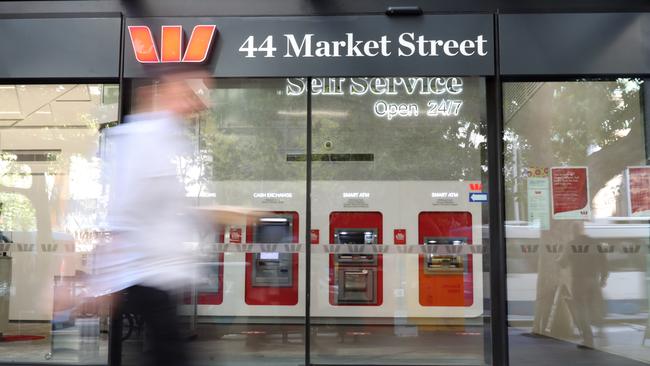
And given that the Australian share market is dominated by banks, that means that our superannuation funds will have a wonderful 2020-21.
It’s important to document just how the banks have benefited from the measures undertaken by both treasurer Josh Frydenberg and the Reserve Bank.
Back in 2018 and 2019 the banks were nervously looking at their housing loan portfolios because there was no doubt they had pushed the envelope and many borrowers would struggle. Banks were girding themselves for sizeable write-offs after the long era of very low housing loan losses. Accordingly, as COVID-19 struck early in 2020, many bank boards were very worried, especially as they were forbidden from taking action against problem loans. They feared huge losses when the borrower protection was removed.
But JobKeeper snap-froze businesses and employment and countless tens of thousands of enterprises are now emerging and able to service their loans.
On the housing front the lowering of interest rates and the easing of bank credit caused house prices to rise sharply almost across the board. Suddenly all those old potentially problem housing loans became well covered by assets. Now it’s true that there is a whole raft of new loans financing much higher house prices, which may create future problems if interest rates rise. But that’s in the future.
At the moment, as I pointed out in The Weekend Australian, the government strategy is to maintain stimulation until unemployment gets down to around 4.5 per cent compared to the previous target level of 5 per cent. This is terrific news for banks. The greatest hazard in residential housing loans (and that’s where current demand is strong) is a rise in unemployment. Josh Frydenberg is in fact locking in low residential home losses for the next year or so, assuming he is able to maintain that policy without triggering inflation and higher interest rates.
Meanwhile to drive unemployment down to 4.5 per cent means that the economy is going to be very strong, which is fantastic news for banks.
Now that JobKeeper has ended banks will doubtlessly be hit by problem businesses that didn’t make it.
But the overall momentum in the economy and the fact that banks have large provisions which they made for a difficult economic time, means that the losses will be manageable.
And on the interest rate front the Reserve Bank’s continual statements that interest rates will remain low is helping bank profits in an unexpected way.
With interest rates low people have become lazy in their management of cash so rather than switch money from interest-free trading accounts into low-rate deposit accounts they simply leave it in the trading account.
Jubilant banks have an increasing amount of interest-free money. And the number of people with spare cash is rising, so this adds to the positive balances.
The obvious risks for banks have been well documented. The US stimulation has few precedents and there is clearly risk that it will spark inflation and force the US 10-year bond rate to rise further.
Australian banks borrow overseas on this market so, in that event, they will have to pay greater sums for their money, although most banks stagger their borrowings so that they are not suddenly hit if rates rise.
That moderates the benefit of low rates but is safer.
Meanwhile Australia is facing a skill shortage of some magnitude and that might push up our inflation, but all that’s down the track. Right now there is a boom to enjoy.
Of course we need to underline that if the pandemic breaks out again in Australia the fast pace of economic activity will be curbed by the consequent state shutdowns and we don’t have the budgetary capacity to undertake another rescue. But at this stage it does not seem a big risk.
Longer term, of more importance, will be the commoditisation of bank housing loans which drives banks away from their customer base.
Thanks to the deal with the Australia Post most banks are planning to reduce their branch structures, which will boost the bottom line, but again it takes them further away from their customer base.
Meanwhile excess concentration on the joys of housing loans has allowed specialised operators to carve out a share of specific banking markets. A good example is Afterpay.
It is also going to be a period for increased competition in business loans. But again there is change. The speed up of supplier payments under the federal government’s legislation will mean that banks will need to develop their skills at cash flow lending and linking their banking information to the knowledge created by software programs like Xero and MYOB. But it requires a skill that many banks will need to develop.
Shareholders will be looking for big dividend payouts with the spare cash. Some banks will see this as the opportunity to substantially increase their investment in technology so that they are not caught by developments like Afterpay and other inroads that newcomers will make into their base. The banks have a fantastic opportunity to update their technology. All will claim that they is what are doing but I suspect for many of them it will be just words and they will get further behind.






The spectacular Westpac profit rise confirms that banks are the major Australian beneficiaries of the so-called “Frydenberg boom”.